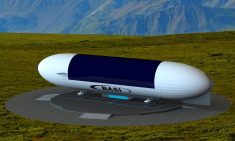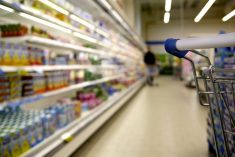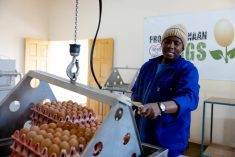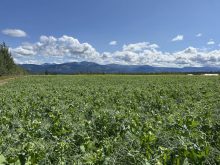[UPDATED: April 19, 2021] If implemented, the European Union’s (EU) Farm to Fork Strategy and Green Deal will cost the EU and the world, according to an economic model run by the United States Department of Agriculture (USDA).
The EU is aiming to make agriculture more sustainable by cutting farm inputs such as pesticides and fertilizer by 50 and 20 per cent.
That would see EU food production decrease, food prices increase, agricultural trade decrease, food insecurity increase and the economy shrink.
Read Also

Mazergroup’s Bob Mazer dies
Mazergroup’s Bob Mazer, who helped grow his family’s company into a string of farm equipment dealerships and the main dealer for New Holland machinery in Saskatchewan and Manitoba, died July 6 from cancer.
*That’s how Jayson Beckman, an economist with USDA’s Economic Research Service, summed up the results during the Trade and Climate Change Virtual Conference, organized by the Canadian Agricultural Policy Institute and Washington, D.C.-based Farm Foundation.
The least damage would occur if only the EU implements the plan. The economic fallout would be worse if a select number of countries adopted the plan and worse again if the whole world did, he said.
The model estimates 185 million more people would be food insecure in the world’s 76 poorest countries if the world adopted the EU plan, he said.
Each person, on average would pay $450 more a year for food.
Global GDP would drop by a bit more than $1 trillion.
If only the EU implements the plan food prices would jump five per cent, but if the world followed prices would triple.
The model makes several assumptions, including that EU agricultural productivity doesn’t improve.
Since it released its report, the USDA has concluded that to offset the decline in EU agricultural production, crop yields would have to grow substantially, including almost 37 per cent for wheat. Historically it has taken 24 years for EU wheat yields to increase that much. As a result it’s unlikely wheat yields will rise enough over the next 10 years to make up the projected shortfall, Maros Ivanic, another USDA economist, told the meeting.
The USDA model doesn’t measure the impact climate change will have on EU or world agriculture, Fowler noted.
“If production is expected to decline the key to Farm to Fork and the Green Deal is basically the offsetting of potential impacts,” he said. “There hasn’t been any studies released on market impacts on environmental impacts but we would note these environmental impacts are probably the key to living with the market impacts that we estimate here.”
*Update: a reference was incorrectly attributed to Aaron Fowler.




















